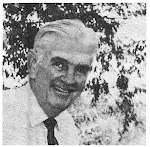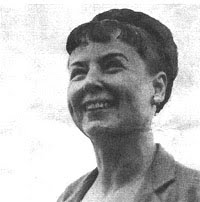
Nipigon, Ontario, celebrated its centennial in July 2009, and about that time 3-year-old Treydon Turner-Brian carved (with his grandfather Joe Turner’s help) his own Paddle-to-the-Sea. Treydon’s family would be moving to Alberta shortly, and the boy wanted to be part of Nipigon’s history. He has become a part, and Paddler’s travels have become a latter-day romantic adventure.
On a stormy day in Pukaskwa National Park in November 2010, a kayaker saw Traydon’s Paddle-to-the-Sea bobbing by the mouth of the Willow River. He picked it up for a closer look. Somehow, Paddler had managed to travel more than 180km (112 miles) from Nipigon Bay to Pukaskwa.
After reading the message on the boat and showing Treydon’s Paddler to Parks Canada staff working at the Pukaskwa Tourism Information Centre, the kayaker decided to carry Paddle on to Wawa. At the outfitter where the kayaker rented his gear, a fellow adventurer, named Ed Hayworth, from New Zealand, noticed Paddler and took a liking to the little canoe. Ed decided to carry Paddler with him back to New Zealand, where he is now planning to release Paddle into the Pacific Ocean.
When Treydon helped to carve his Paddle-to-the-Sea canoe as part of Nipigon’s Centennial Celebrations, he must have hoped that it might someday reach the Atlantic Ocean. After an amazing journey, Treydon’s Paddler has gone much further than the original Paddle-to-the-Sea. The little canoe is about to be released into the salt waters of the South Pacific Ocean off of the coast of New Zealand.








